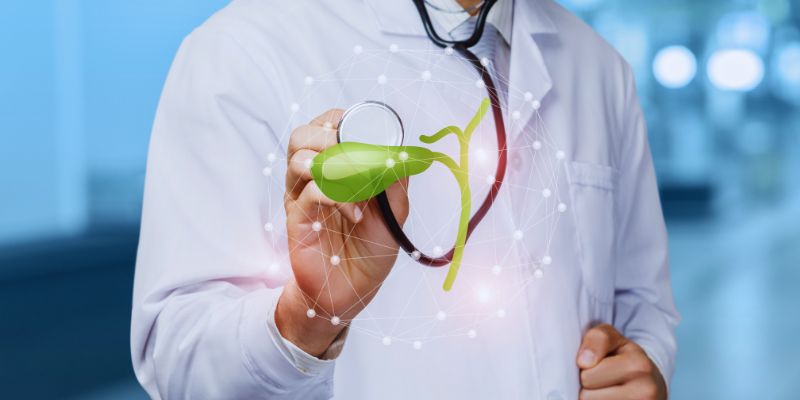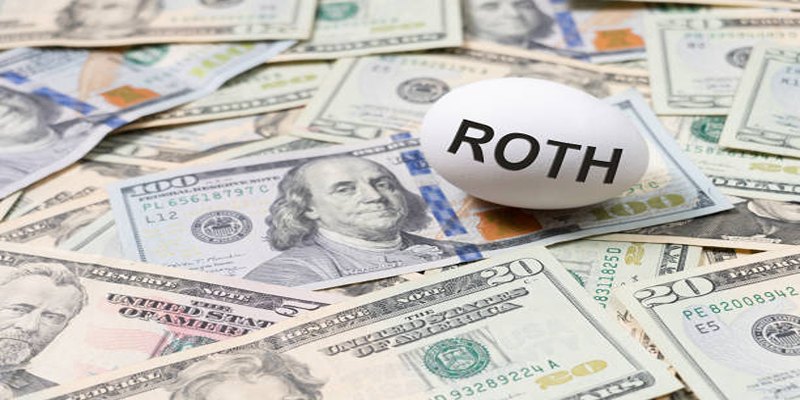Guide to the Symptoms of a Gallbladder Attack: Recognizing the Warning Signs
An attack on the gallbladder can be a terrifying and agonizing event. It results from something upsetting your gallbladder's usual operation, causing great pain. Early recognition of symptoms will enable you to seek appropriate medical advice and avoid consequences. Common gallbladder attack symptoms, including nausea and severe stomach pain, will be discussed in this article.
Knowing the indicators helps you control your health and prevent needless suffering through the required actions. Knowing the symptoms of a gallbladder attack will help you whether you are uncomfortable or seeking to grasp the disorder better. Keep reading to discover more about identifying this disorder.
What Is a Gallbladder Attack?
An assault of the gallbladder results from improper operation of the organ. Essential for breaking down fat, the gallbladder holds bile. Gallstones clog the bile ducts, so bile accumulates. Along with other symptoms, this produces discomfort and inflammation. Gallstones are the most often occurring cause of a gallbladder attack. These stones could stop bile from flowing, causing great agony.
Sometimes, the blockage causes an infection, complicating matters even further. Usually, following a diet heavy in fat, a gallbladder attack comes suddenly. The pain might be severe, usually lasting a few minutes or hours. Untreated, it could cause more severe illnesses, including infections or perhaps gallbladder rupture. Knowing the symptoms is crucial; you should visit a doctor when needed.
Common Symptoms of a Gallbladder Attack:
Gallbladder attacks are typified by particular symptoms that are frequently difficult to ignore. The most often occurring symptom is severe stomach pain—especially in the upper right side. This suffering could be a sensation of fullness, cramp-like, or sharp. It can strike without warning and persist anywhere from a few minutes to several hours. Usually linked with a gallbladder attack, nausea and vomiting aggravate the pain.
Other symptoms include indigestion and bloating, which could be felt like an upset stomach. Particularly following a diet high in fat, some people also feel pain spreading to the back or shoulder blades. Fever and chills can frequently accompany a gallbladder attack, particularly in cases of an infection. If you experience these symptoms, you should immediately see a doctor to prevent the consequences.
How to Differentiate Gallbladder Pain from Other Abdominal Pain?
Sometimes, different kinds of stomach pain can be mistaken for gallbladder pain. Still, there are some important distinctions. Usually found in the upper right abdomen immediately under the rib cage, gallbladder pain. This area is unique among other prevalent causes of stomach, intestinal, or kidney-related abdominal pain. Usually, the pain is more concentrated and severe.
Another significant distinction is that pain from indigestion or ulcers is typically more consistent; gallbladder discomfort may strike unexpectedly and continue for a few minutes to hours. Not typical of other forms of stomach pain, the agony from a gallbladder attack can also radiate to the back, shoulder, or chest. A healthcare professional can assist you in finding the source of your symptoms if you're unsure whether a gallbladder problem is responsible.
When Should You Seek Medical Attention?
When a gallbladder attack strikes, one must know when to see a doctor. See a doctor if you have extreme stomach pain lasting more than several hours. You should also see a doctor if the pain accompanies fever, chills, nausea, or vomiting. These symptoms might point to gallbladder inflammation or infection. Furthermore, any jaundice—yellowing of the eyes or skin—may indicate a bile duct obstruction.
This disorder can be rather severe and calls for quick medical attention. See a doctor immediately if you feel discomfort spreading to your back or shoulders or if the pain worsens following a diet high in fats. Ignoring these symptoms might cause more serious problems, including gallbladder rupture or infection, both of which demand quick medical attention.

Risk Factors for Gallbladder Attacks:
A gallbladder attack is more likely depending on certain elements. Gallstones constitute one of the most often occurring risk factors. These stones arise from an imbalance in the elements comprising bile. A gallbladder attack results from gallstones blocking the bile ducts. Other risk factors are obesity, a high-fat diet, and lack of exercise.
Another consideration is age; those over forty are more prone to have gallbladder problems. You may also be more vulnerable to some medical disorders, such as liver disease or diabetes. Additionally important is family history since those with gallbladder disorders are more likely to have similar difficulties. Should you exhibit any of these risk factors, you should be alert for the signs.
Treatment Options for Gallbladder Attacks:
Treatment for a gallbladder attack relies on the underlying reason and degree of symptoms. Doctors could advise dietary adjustments in moderate situations, including avoiding fatty meals and painkillers. Medication could be administered to treat an infection or lower inflammation in more severe situations. If gallstones are the reason for the attack, surgery could be required. A cholecystectomy—where the gallbladder is removed—is the most often performed operation.
Usually done by minimally invasive technique, this speeds up recuperation. Sometimes, doctors try to remove the stones without also removing the gallbladder. Removal is the best course of action, nevertheless, if the gallbladder is seriously compromised. Ant medications will be administered should an infection be the source of the gallbladder attack. See a healthcare professional always for a correct diagnosis and customized treatment plan.
Conclusion:
Early recognition of gallbladder attack signs can help to avoid major consequences. See a doctor right away if you have severe stomach pain, nausea, or other warning symptoms. Although there are several therapy choices, fast intervention can make all the difference in your recovery. Controlling your risk factors—keeping a good weight and diet—may help lower your chance of the next attack. Keeping educated and alert can help you safeguard your health and prevent needless suffering from gallbladder problems.













